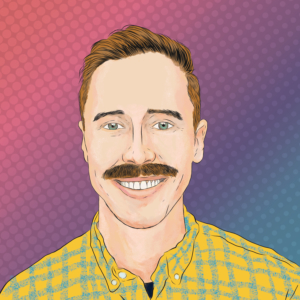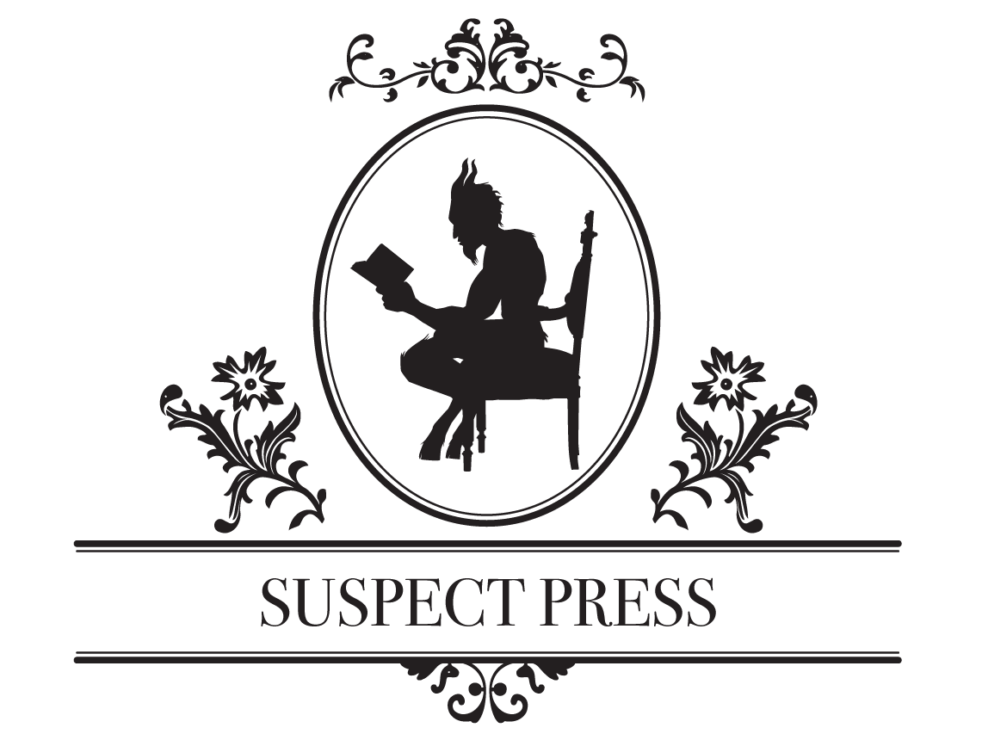By Paul Bindel

In keeping with the theme of this issue, I wanted to start with horror, but why invent a scary story when Denver designers, writers, filmmakers, architects and dancers have seen so many financial crises, from housing, to student debt, to low wages? There’s plenty of fear to go around.
Creatives know that our work is risky. We feel it in the time it takes to create and innovate, hours that could be spent earning a paycheck elsewhere. We feel it in our bodies—from exposure to harsh chemicals, to the hours over a desk, at a wall, or on the rehearsal stage.
As much as the market loves to talk about risk and reward, it doesn’t have much “reward” to offer here. Even Jordan Casteel, fresh off a successful exhibition at the Denver Art Museum, won’t see a penny of her resold works, now selling for hundreds of thousands.
Meanwhile, in spite of campaign promises, the U.S. is unlikely to become a socialist European state that sponsors creative production. If no one is coming to save us, can we create our own safety nets?
By safety nets, I’m talking what Richard Bartlett calls microsolidarity, small groups that support each other’s mutual survival and thriving. No permission needed. Groups use microsolidarity all the time to increase their resilience and security—strike funds, tool libraries, housing co-ops, and nanny shares. Creatives can too.
I’m imagining artist-owned housing, studios and rehearsal spaces; emergency health funds, mental health networks and health shares; innovation and risk-taking grants that allow sabbaticals from other forms of work; and more resources we might imagine together.
For shared imagination to even be possible, we have to build relationships with each other. We’ve listed a few groups below, but one prime example is “Talk With Your Mouth Full,” a brunch series hosted by Black Cube Nomadic Art Museum.
Cortney Lane Stell, Executive Director and Chief Curator of Black Cube, created this series so that artists of every level could connect directly with each other.
“Often artists socialize at events like exhibition openings,” she says, ”where they have collectors and curators to impress, which can foster posturing and preening. The idea of “Talk With Your Mouth Full” was to create a regular, sacred space for artists to talk about whatever they felt they needed to talk about.”
Each month centers on a potluck, and the main ingredient is selected by the hosting artist. Sometimes the food selection prompts bigger questions—Devon Dikeou chose butter and made a transparent pie to talk about how transparent artists are about their process. The mood is always casual and convivial to promote relationship building.
Relationships, in turn, lead to collaborations. As Redline’s 2012 residency program was ending, Derrick Velasquez and other artists in the program began looking for studio space where they could continue to work together.
“We ended up biking, walking and driving around Denver looking for buildings that were for lease. Weed had just been legalized, so it was hard to find space,” he explains.
What started as larger meetings became a committed core of nine people “who started an LLC, found a space and built out the space.” With so much blood, sweat and drywall, Tank Studios was born.
After nine months in their space, Tank’s landlord invited them to takeover more space, so they invited and rented out to other artists. While the original team could have charged additional rent to the newcomers, they chose to make it as affordable as possible. “It feels like the best thing I’ve been a part of, just because it supports so many people,” Derrick says, “As a group, we feel like family and treat each other like that.”
Beyond collaborations between creatives, we could also imagine new resources and commons where networks of artists and their loved ones can thrive.
When he was a theater reporter for The Denver Post, John Moore encountered theater professionals whose health emergencies forced them to bow out of creative work. He couldn’t intervene as a journalist, but when he became an in-house journalist at the Denver Center for the Performing Arts, he had a plan.
“When I covered the theater community, their stories became something I wanted to do something about,” he explains, “So I used whatever my place in the community was to send word out—’Hey, we’re starting this fund. We have $0 in the bank. We’re going to do a karaoke night and see where it goes.’”
That’s how The Denver Actors Fund (DAF) was born in 2013, raising $800 on the first night of “Careaoke” (turns out, actors love to sing and put on a good show). DAF would go on to raise $9,000 in the first year.
In the six years since, Moore explains, DAF “has given back $378,000 in incremental grants to people with medical needs.” That number doesn’t include the volunteer hours the Action Team has logged—meal delivery, pet care, child care, etc.—or the free emergency dental care they’ve arranged with a dentist in Thornton, who donates his services to the nonprofit.
To receive help, theater professionals must live in Colorado for at least six months and have participated in a Colorado theater production in the last five years. Their expenses, too, must be medically related. Thus, DAF can’t make your car payment or prevent eviction, but it might be able to help with rent if you can’t work while in recovery.
DAF money comes from a variety of sources—pitches at performances, Colorado Gives Day, the beneficence of high school theater programs. Moore has many stories to tell of the fund’s impact, but the most poignant are when the fund provides more than money.
One local actor with health insurance went into Denver Health with stomach pain, only to find out she needed a hysterectomy. After her surgery, she got a bill for $33,000, since the hospital coded it as an emergency, not a scheduled surgery. DAF’s lawyers visited Denver Health’s billing team and successfully renegotiated the bill down to $11,000, Colorado Gives Day then paid $7,000, essentially reducing her burden down to $4,000. As a result, she could continue acting, rather than have to take an extra job to pay the medical debt.
“Health care sucks for everybody,” Moore admits, “The difference is that the performing arts community brings so much joy and enrichment to audiences lives all over the world. They’re in a more vulnerable position because of the sacrifices they have to make to perform.”
Could other artist communities develop mutual aid initiatives like The Denver Actors Fund? Moore thinks so, but the main challenges are getting them started and choosing which artists qualify to receive funds.
If we want to push our creative careers and ourselves to be resilient, we’ll need each other’s support. What safety nets are you dreaming of?
Have ideas about mutual aid or safety nets for creatives? Tell us about it at submissions@suspectpress.com


Originally from rural New Mexico, Paul Bindel spent five years teaching writing before transitioning full time into marketing at Doghead Creative, a digital marketing firm that specializes in content writing, strategy and social media.

